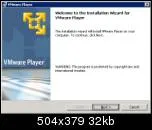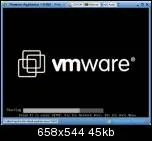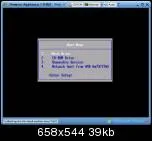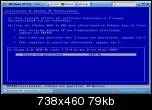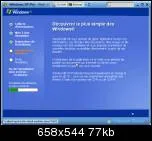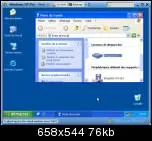“Ontrack Data Recovery receives more than 100,000 requests for data recovery service every year so we come across some pretty strange data disasters,” said Jim Reinert, senior director of Software and Services for Ontrack Data Recovery. “Although the examples in this year’s list are pretty extreme, they illustrate a very important point – data recovery is possible, even in cases where it seems impossible.”
The Ontrack 2005 Top Ten List of Data Disasters and Remarkable Recoveries
« My dog loves USB Flash »
10. PhD Almost an F – A PhD candidate lost his entire dissertation when a bad power supply suddenly zapped his computer and damaged the USB Flash drive that stored the document. Had the data not been recovered, the student would not have graduated.
9. Suffering from Art – While rearranging her home office, a woman accidentally dropped a five pound piece of clay pottery on her laptop, directly onto the hard drive area that contained a book she’d been working on for five years and 150 year-old genealogy pictures that had not yet been printed.
8. Domestic Dilemma – A husband deleted all of his child’s baby pictures when he accidentally hit the wrong button on his computer. His wife hinted at divorce if he did not get the pictures back.
7. Bite Worse than Bark – A customer left his memory stick lying out and his dog mistook it for a chew toy. Ontrack was able to recover all of the data despite teeth marks all over the stick and a hole that went completely through.
6. Don’t Try this at Home – A man attempting to recover data from his computer on his own found the job too challenging mid-way through and ended up sending Ontrack his completely disassembled drive – with each of its parts in a separate baggie.
5. Out of Time – A clockmaker suffered a system meltdown, losing the digital designs for all of its clocks. Ontrack literally beat the clock recovering all their data just in time for an important international tradeshow.
4. Drilling for Data – During a multi-drive RAID recovery, engineers discovered one drive belonging in the set was missing. The customer found the missing drive in a dumpster, but in compliance with company policy for disposing of old drives, it had a hole drilled through it.
3. Safe at Home – After one of their executives experienced a laptop crash, the Minnesota Twins professional baseball team called on Ontrack to rescue crucial scouting information about their latest prospects. The team now relies on Ontrack for all data recoveries within its scouting and coaching ranks.
2. Hardware Problems – A frustrated writer attacked her computer with a hammer. When the engineers received the computer, the hammer imprint was clearly visible on the top cover.
And finally, the number one most bizarre data disaster of 2005…
1. La Cucaracha – In hopes of rescuing valuable company information, a customer pulled an old laptop out of a warehouse where it had been sitting unused for 10 years. When engineers opened the computer, it contained hundreds of husks of dead and decaying cockroaches
src: Ontrack

